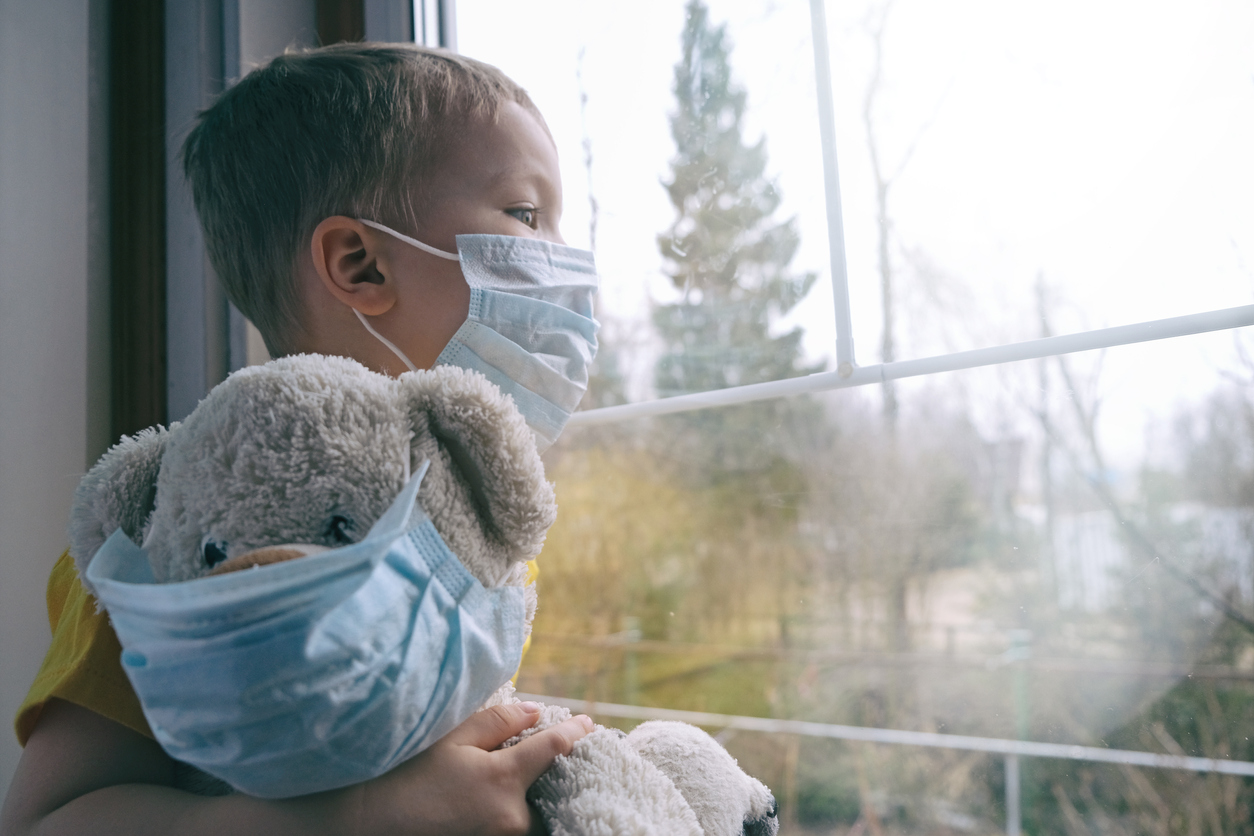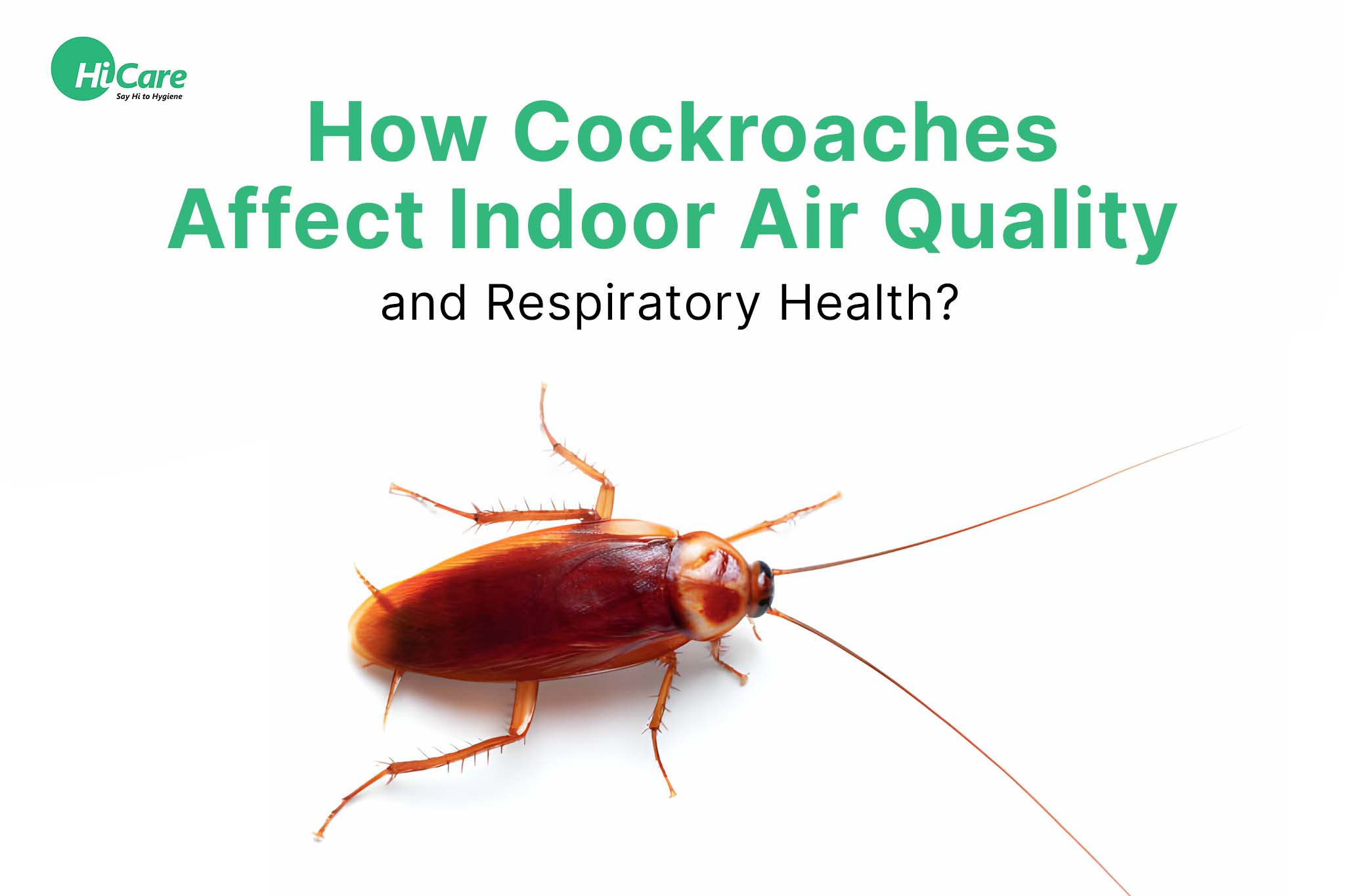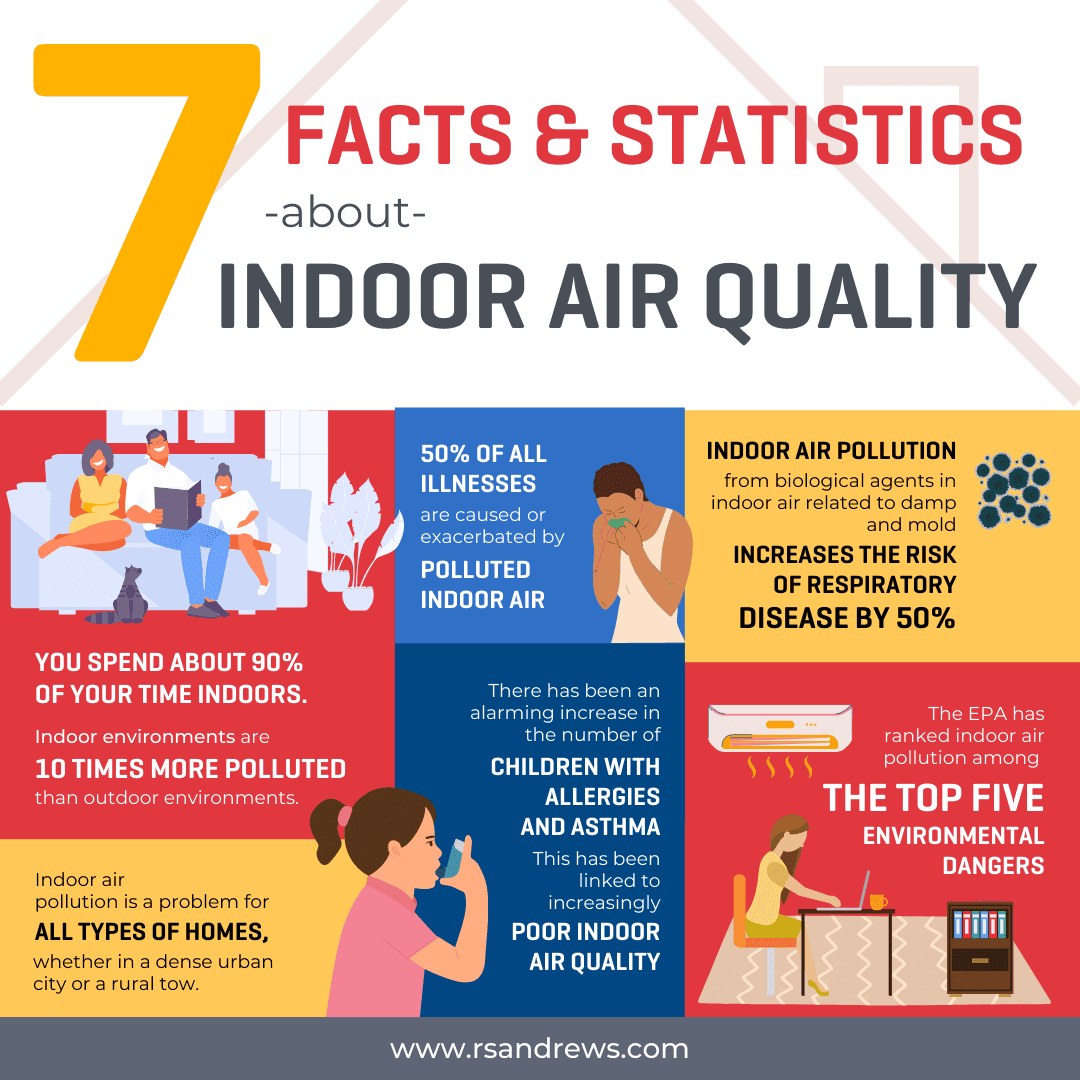Good indoor air quality is essential for healthy lungs. Poor air can harm your respiratory health.
Indoor air quality impacts how well you breathe. Pollutants like dust, mold, and chemicals can irritate your lungs. Many people spend most of their time indoors, so the air they breathe there is crucial. Poor indoor air can lead to serious health problems, including asthma and allergies.
Clean air at home or work can improve overall well-being and productivity. Understanding how indoor air affects your respiratory health is vital. This blog will explore the connection between indoor air quality and your respiratory system. Learn how to create a healthier environment for better breathing and overall health.
Introduction To Indoor Air Quality
Indoor air quality (IAQ) plays a crucial role in our overall health. We spend a lot of time indoors. Therefore, the air we breathe inside our homes, schools, and workplaces matters. Poor indoor air quality can lead to various health issues, especially respiratory problems. Understanding the factors that affect indoor air quality can help us create healthier living spaces.
Importance Of Air Quality
Good air quality is vital for maintaining healthy lungs. Clean air reduces the risk of asthma, allergies, and other respiratory conditions. Children and the elderly are especially vulnerable to poor air quality. They need protection to ensure their well-being. Ensuring clean indoor air can lead to fewer health problems and better overall health.
Common Indoor Pollutants
Many pollutants can affect indoor air quality. Dust, mold, and pet dander are common culprits. These particles can cause allergies and asthma attacks. Chemical pollutants like cleaning agents, paints, and pesticides also pose risks. They can irritate the lungs and worsen respiratory issues. Smoke from tobacco or cooking can further degrade indoor air quality. Identifying and reducing these pollutants is essential for better health.
Sources Of Indoor Air Pollution
Indoor air pollution can have serious effects on respiratory health. Various sources contribute to poor indoor air quality. Understanding these sources can help in taking steps to improve the air you breathe.
Household Products
Many household products release harmful chemicals into the air. These include cleaning supplies, paints, and pesticides. Air fresheners and candles can also be culprits. They often contain volatile organic compounds (VOCs).
VOCs can cause headaches and respiratory issues. Children and elderly are more at risk. It’s best to use natural or eco-friendly products. Ensure proper ventilation when using these items.
Building Materials
Building materials can be a significant source of indoor air pollution. Materials like asbestos and formaldehyde are common in older buildings. They can be found in insulation, flooring, and walls.
Asbestos fibers are dangerous when inhaled. They can cause serious lung diseases. Formaldehyde is another toxic substance. It is used in various building materials and furniture. Prolonged exposure can lead to respiratory problems.
To reduce risks, inspect and replace hazardous materials. Opt for low-emission building products. Regular maintenance and repairs can also help improve air quality.
Short-term Respiratory Effects
Indoor air quality can have immediate effects on respiratory health. Poor air quality inside homes or workplaces can lead to short-term respiratory issues. These problems can develop quickly and impact daily life. Below, we explore how indoor air quality can cause allergic reactions and asthma triggers.
Allergic Reactions
Dust, pollen, and pet dander can pollute indoor air. These allergens can cause sneezing, runny noses, and itchy eyes. Sensitive individuals might experience more severe symptoms. Mold spores in the air can also trigger allergic reactions. This can lead to coughing and throat irritation. Keeping indoor air clean helps reduce these issues.
Asthma Triggers
Poor indoor air quality can worsen asthma. Dust mites and chemical fumes are common asthma triggers. They can cause asthma attacks, making it hard to breathe. Even strong odors from cleaning products can affect asthma sufferers. Using air purifiers and reducing indoor pollutants can ease these symptoms.

Credit: www.drmayankshukla.com
Long-term Respiratory Effects
Indoor air quality has a significant impact on respiratory health. Poor air quality can lead to a range of long-term respiratory effects. These effects can be severe and lasting, affecting daily life and overall health. Understanding these impacts is crucial to maintaining a healthy living environment.
Chronic Respiratory Diseases
Poor indoor air quality can cause chronic respiratory diseases. These include asthma, chronic obstructive pulmonary disease (COPD), and bronchitis.
People with asthma may experience more frequent attacks. Their symptoms can also become more severe. COPD patients might find their condition worsens over time. This can lead to increased difficulty in breathing and other complications.
Bronchitis can also become a chronic condition. This results in persistent cough and mucus production. These symptoms can significantly affect quality of life.
Lung Function Decline
Long-term exposure to poor indoor air can lead to lung function decline. This means a gradual reduction in the ability of the lungs to work properly.
Children are particularly at risk. Their developing lungs are more vulnerable. This can lead to lifelong respiratory issues.
Adults are not immune either. Regular exposure to pollutants can reduce lung capacity. This makes it harder to breathe and perform daily activities.
Even healthy individuals can suffer. They may experience a decrease in lung function over time. This can lead to issues like shortness of breath and reduced stamina.
Vulnerable Populations
Vulnerable populations are more at risk from poor indoor air quality. These groups include children, infants, and elderly individuals. Their bodies are often less able to handle pollutants and allergens. Let’s explore why they are more affected and how indoor air quality impacts their respiratory health.
Children And Infants
Children and infants are still growing. Their lungs and immune systems are not fully developed. This makes them more sensitive to pollutants. Dust, mold, and pet dander can cause breathing problems. Poor air quality can lead to asthma and allergies. Keeping indoor air clean is crucial for their health.
Elderly Individuals
Elderly individuals often have weaker immune systems. They may also have pre-existing health conditions. Poor indoor air quality can worsen these issues. Respiratory problems, like chronic bronchitis, can become more severe. Clean air helps them stay healthier and breathe easier.

Credit: www.laheatingairconditioning.com
Improving Indoor Air Quality
Improving indoor air quality is crucial for maintaining good respiratory health. Poor indoor air can lead to various health issues, including allergies and asthma. By enhancing air quality, we can create a healthier living environment. Let’s explore some effective strategies.
Ventilation Strategies
Proper ventilation is vital for fresh air circulation. It helps remove pollutants and reduce humidity levels. Consider these strategies:
- Open windows regularly to allow fresh air in.
- Use exhaust fans in kitchens and bathrooms to expel moisture and odors.
- Install ventilation systems for consistent air exchange.
These methods can greatly improve indoor air quality and enhance respiratory health.
Air Purification Methods
Air purifiers help remove contaminants from the air. They are especially useful for people with allergies or asthma. Here are some common air purification methods:
| Method | Benefits |
|---|---|
| HEPA Filters | Traps small particles like dust and pollen. |
| Activated Carbon Filters | Absorbs odors and chemical pollutants. |
| UV Purifiers | Kills bacteria and viruses. |
Using these purification methods can lead to cleaner and healthier air at home.
Preventive Measures
Indoor air quality plays a crucial role in maintaining respiratory health. Poor air quality can lead to various health issues. Taking preventive measures can help ensure cleaner air indoors. By focusing on regular maintenance and using non-toxic products, you can significantly improve the air you breathe.
Regular Maintenance
Regular maintenance of your HVAC system is vital. Change air filters every three months. Clean air ducts to remove dust and allergens. Ensure proper ventilation in your home. Use exhaust fans in kitchens and bathrooms. Avoid smoking indoors to keep the air clean.
Use Of Non-toxic Products
Many household products release harmful chemicals. Choose non-toxic cleaning products. Look for labels like “eco-friendly” or “natural ingredients.” Avoid using aerosol sprays. Opt for fragrance-free products to reduce indoor pollution. Indoor plants can also help purify the air naturally.

Credit: hicare.in
Government And Health Guidelines
Indoor air quality plays a crucial role in respiratory health. Poor air quality can lead to breathing problems and worsen asthma. Government guidelines help ensure cleaner indoor air, reducing health risks.
Indoor air quality is crucial for respiratory health. Governments and health organizations set guidelines to ensure safe air in homes and workplaces. These guidelines aim to reduce the risk of respiratory issues caused by poor air quality.Indoor Air Standards
Governments have established indoor air standards to protect public health. These standards limit the concentration of pollutants like: – Particulate matter (PM2.5 and PM10) – Carbon monoxide (CO) – Nitrogen dioxide (NO2) – Volatile organic compounds (VOCs) – Mold spores| Pollutant | Standard Limit |
|---|---|
| Particulate Matter (PM2.5) | 35 µg/m³ (24-hour average) |
| Carbon Monoxide (CO) | 9 ppm (8-hour average) |
| Nitrogen Dioxide (NO2) | 0.053 ppm (annual average) |
Health Recommendations
Health organizations provide recommendations for maintaining good indoor air quality. These recommendations include: 1. Regular ventilation: Open windows to allow fresh air. 2. Use air purifiers: Remove contaminants from indoor air. 3. Avoid smoking indoors: Reduce exposure to secondhand smoke. 4. Control humidity: Use dehumidifiers to prevent mold growth. 5. Clean regularly: Reduce dust and allergens. Regular maintenance of HVAC systems is also crucial. Ensure filters are clean and functioning. This can prevent the spread of pollutants. By following these guidelines and recommendations, you can create a healthier living environment. This reduces the risk of respiratory problems and improves overall quality of life. “`Frequently Asked Questions
What Is Indoor Air Quality?
Indoor air quality refers to the cleanliness and healthiness of the air inside buildings and homes. Good indoor air quality is crucial for overall health and well-being.
How Does Poor Air Quality Affect Health?
Poor indoor air quality can cause respiratory issues, allergies, and worsen asthma. It may also lead to headaches, fatigue, and eye irritation.
What Are Common Indoor Air Pollutants?
Common indoor air pollutants include dust, mold, pet dander, and chemicals from cleaning products. Volatile organic compounds (VOCs) from paints and furnishings also contribute.
How Can I Improve Indoor Air Quality?
To improve indoor air quality, use air purifiers, ensure proper ventilation, and regularly clean and vacuum. Avoid smoking indoors and use natural cleaning products.
Conclusion
Good indoor air quality is crucial for healthy lungs. It reduces respiratory issues. Poor air can cause coughing and breathing problems. Small changes, like using air purifiers, help. Regular cleaning also improves air quality. Everyone benefits from cleaner indoor air.
Take steps today for better health. Your lungs will thank you.
Rakib Sarwar is a Registered Pharmacist and a reputed health and wellness blogger. He has a great interest in Air purifiers.
